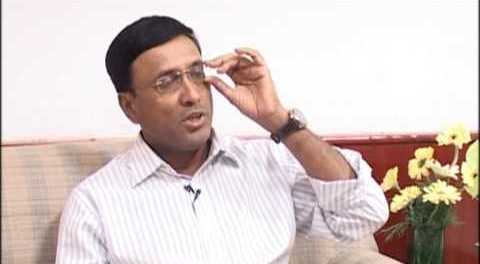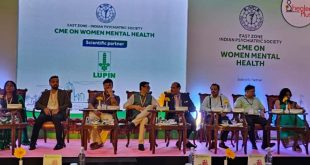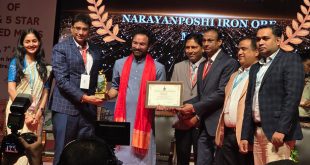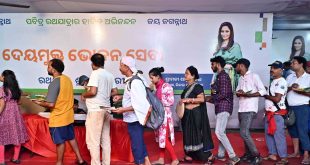Bhubaneswar: The Odisha government on Tuesday approved detail project report (DPR) of worth Rs 700 crore for development of nine identified Rurban Clusters under Phase-II and III of Rurban Mission.
The projects were approved in the State Empowered Committee meeting held under the chairmanship of Chief Secretary Asit Tripathy here.
While giving nod to the Rurban clusters, Tripathy directed to do third party assessment of the outcomes of the projects already taken up in Pahse-I of the Mission.
The Chief Secretary further directed to undertake regular orientation and training activities for the BDOs and filed level officers for keeping them abreast with the new initiatives and best practices.
Development Commissioner Suresh Chandra Mohapatra directed to institutionalize a coordination mechanism among field functionaries of various departments at ground level for augmenting outcomes of the projects.
The meeting also resolved to recommend more eight clusters to the Union Ministry of Rural Development for inclusion under the Mission.
These proposed clusters included Kalimela in Malkanguri district, Komna under Nuapada district, Kendujhar Sadar, Mohana in Gajpati district, Puri Sadar in Puri district, Danagadi under Jajapur district, Ulunda under Subarnapur district and Dhakauda under Sambalpur district. Integrated Action Plan of around Rs 650 crore was estimated for these proposed clusters.
Rural Mission Director Smruti Ranjan Pradhan appraised that the main objective of the Mission is to create urban facilities and economic opportunities in a cluster of villages while preserving the nature and essence of rural community life.
The main outcomes of the intervention would bridge the gap between rural-urban divide, enhance economic activities, spread development and attract investment in rural sectors.
Discussions in the meeting show that the projects under the Mission are being implemented through funding support from both the Central and State Government. An Integrated Action Plan is prepared after a thorough survey of the demographic features, economic activities and productive skills available in an identified area.
In general, a plan of around Rs 100 crore is prepared for a cluster in the non-tribal area and Rs 50 crore is prepared for a cluster tribal area. Around 70% cost of the approved projects are met through the convergence of various ongoing central and State schemes and 30% is provided as critical gap funding (CGF). This CGF is shared on the basis of 60:40 pattern by the Central and State Government.
The projects are implemented and coordinated through Rurban Mission. The major interventions include skill development activities; mobile health units; upgradation of educational facilities; provision of piped water supply; solid waste management; sanitation; e-gram centre; setting up agro-processing services, storages and warehousing; provision of the street light, inter-village roads and transport.
 Update Odisha-Latest Odisha News I Breaking News Get latest news on Odisha, Govt. Jobs, OSSC, OPSC, Entertainment, Crime, Sports, and Education
Update Odisha-Latest Odisha News I Breaking News Get latest news on Odisha, Govt. Jobs, OSSC, OPSC, Entertainment, Crime, Sports, and Education



